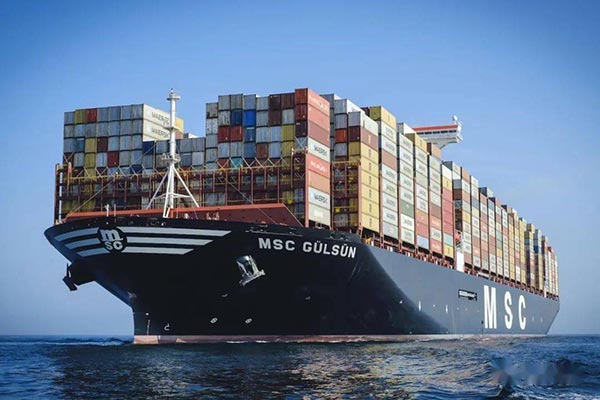
I. Why choose an agentExport food?
Against the backdrop of the continuous upgrading of global food trade compliance requirements in 2025, the agency model has three core advantages:
- Lower qualification threshold: Avoid heavy - asset investment such as self - building export filing and HACCP certification, which takes 6 - 12 months
- Improving customs efficiency: Professional agency companies can compress the FDA registration time to 45 working days (30% shorter than self - operation)
- Risk transfer mechanism: For the new version of the EU Food Contact Materials Regulation (EU) 2025/124 implemented in 2025, the agency company can provide a compliance solution
II. What essential qualifications are required for agency export of food?
According to the latest Measures for the Administration of Import and Export Food issued by the General Administration of Customs of China in 2025, both the principal and the agent need to meet:
- Basic Qualifications
- Food business license (production/circulation)
- Export Food Production Enterprise Filing Certificate
- Special certification
- Target market access certification (e.g., US FDA, EU FVO)
- Specific category certification (e.g., HALAL certification for halal food)
III. How to choose a reliable foreign trade agency company?
It is recommended to screen partners through a three - dimensional evaluation system:
- Industry experience dimension
- Number of food export cases ≥ 50
- Customs clearance success rate in the target market > 98%
- Compliance ability dimension
- Hold AEO advanced certification qualification
- Be equipped with a professional food testing laboratory
- Service network dimension
- Overseas port - of - destination service coverage ≥ 20 countries
- Have emergency handling cases for FDA container detention
IV. What is the complete process of agency export of food?
The typical export agency process in 2025 includes six key links:
- Sign a tripartite agreement (the principal, the agent, and the overseas buyer)
- Complete product compliance transformation (including labels, ingredients, packaging, etc.)
- Carry out pre - export verification inspection (the sampling ratio is 5% lower than that in 2024)
- Declare intelligent classification (apply the customs HS code AI recognition system)
- Execute a pre - inspection rehearsal at the destination (simulate the FDA and EU - FVO inspection processes)
- Complete foreign exchange collection and tax refund (in 2025,Export tax refundthe average time limit is shortened to 7 working days)
V. What are the major policy changes in food exports in 2025?
Three policy adjustments that need special attention this year:
- New FDA regulations in the USReady - to - eat foods need to add allergen detection items (effective in July 2025)
- EU nutrition labelsMandatory Front - of - Pack nutrition labeling (implemented in January 2025)
- China Customs supervisionLaunch a blockchain traceability system for 18 types of food (piloted in March 2025)
VI. How to effectively control the risks of export agency?
It is recommended to establish a three - layer risk prevention and control mechanism:
- Quality control layer
- Require the agent to provide batch test reports
- Purchase product liability insurance (the insured amount is recommended to be ≥ $5 million)
- Contract constraint layer
- Clarify the terms for handling quality disputes
- Agree on the compensation standard for customs clearance delays
- Process monitoring layer
- Use the logistics tracking system provided by the agent
- Regularly obtain customs clearance status reports


 Follow Customer Service WeChat
Follow Customer Service WeChat